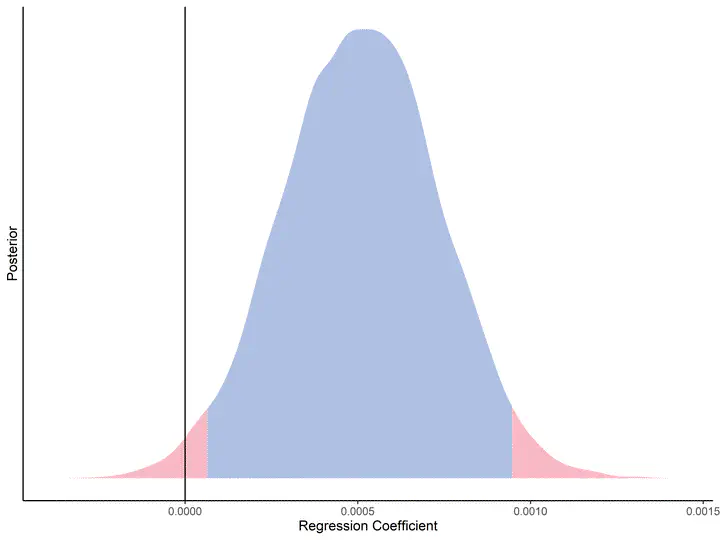International Swimming League: Do Successive Events Lead to Improve Swimming Performance?

Abstract
Purpose: To quantify the impact of successive competitions on swimming performance in world-class swimmers. Methods: An entire data set of all events swum during a new competition named the International Swimming League was collected. A Bayesian linear mixed model has been proposed to evaluate whether a progression could be observed during the International Swimming League’s successive competitions and to quantify this effect according to event, age, and gender. Results: An overall progression of 0.0005 (0.0001 to 0.0010) m/s/d was observed. The daily mean progression (ie, faster performance) was twice as high for men as for women (0.0008 [0.00 to 0.0014] vs 0.0003 [−0.0003 to 0.0009] m·s−1). A tendency toward higher progression for middle distances (200 and 400 m) and for swimmers of a higher caliber (above 850 FINA [Fédération Internationale de Natation] points) was also observed. Swimmers between 23 and 26 years of age seemed to improve their swimming speed more in comparison with the other swimmers. Conclusions: This new league format, which involves several competitions in a row, seems to allow for an enhancement in swimming performance. Coaches and their support staff can now adapt their periodization plan in order to promote competition participation.